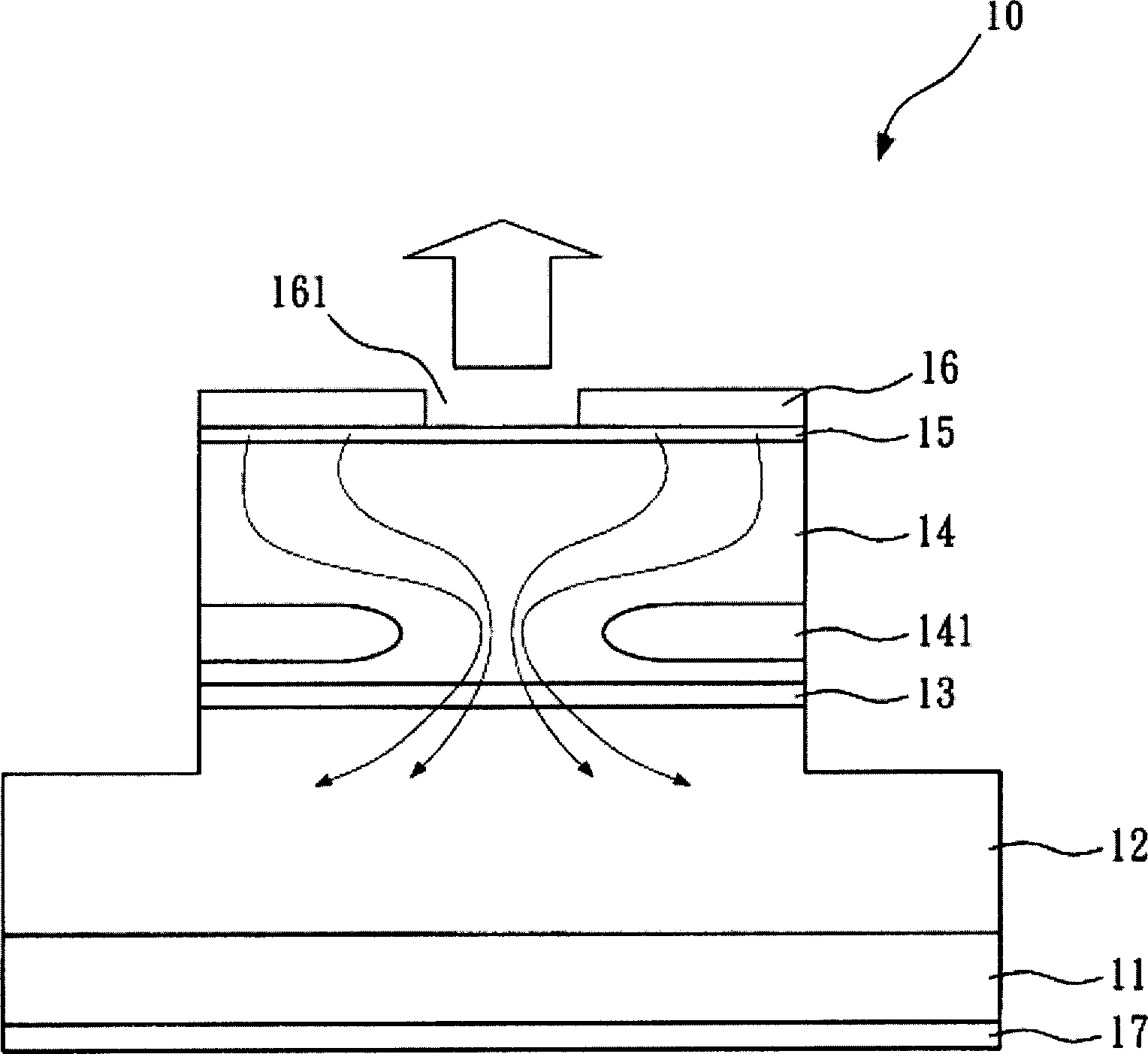Vertical cavity surface emitting laser and method for fabricating the same
A vertical cavity surface emission and laser technology, applied in lasers, laser parts, semiconductor lasers, etc., can solve problems such as poor laser stability and yield, and achieve easy-to-achieve results
- Summary
- Abstract
- Description
- Claims
- Application Information
AI Technical Summary
Problems solved by technology
Method used
Image
Examples
Embodiment Construction
[0012] see figure 2 According to the present invention, the VCSEL 20 includes: a substrate 21, a first reflector 22, an active layer 23, a second reflector 24, a first electrode layer 26 and a second electrode layer 27 . Substrate 21 can be a n + Type GaAs or InP substrate. The substrate 21 has a first surface 211 and a second surface 212 . The first reflector 22 is formed on the first surface 211 of the substrate 21 . The first reflector 22 is a distributed Bragg reflector (DBR) having many pairs of planes. Each pair of layers is formed as graded silicon-doped n + Type Al x Ga (1-x) As / AlAs structure, where x varies from 0.12 to 1, and 1-x varies from 0.88 to 0.
[0013] The active layer 23 is formed on the first reflector 22 . The active layer 23 includes a plurality of undoped GaAs and Al y Quantum wells of GaAs, where y varies from 0.3 to 0.6. The second reflector 24 is formed on the active layer 23 . The second reflector 24 is a distributed Bragg reflector (D...
PUM
 Login to View More
Login to View More Abstract
Description
Claims
Application Information
 Login to View More
Login to View More - R&D
- Intellectual Property
- Life Sciences
- Materials
- Tech Scout
- Unparalleled Data Quality
- Higher Quality Content
- 60% Fewer Hallucinations
Browse by: Latest US Patents, China's latest patents, Technical Efficacy Thesaurus, Application Domain, Technology Topic, Popular Technical Reports.
© 2025 PatSnap. All rights reserved.Legal|Privacy policy|Modern Slavery Act Transparency Statement|Sitemap|About US| Contact US: help@patsnap.com



